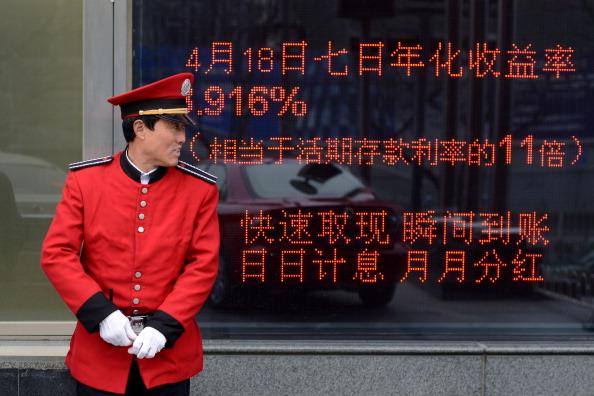The People’s Bank of China did not calm markets with massive liquidity injections after the recent surge in short-term Chinese interest rates and after two banks defaulted on loan payments. Barclay’s Capital and Bank of America have two possible explanations.
The first has to do with the Chinese real estate market. GDP in China is predominately driven by expansion in fixed asset investments, which include real estate. Chinese banks have facilitated the growth in developments through a massive expansion in loans. The result: Double-digit year-over-year price increases for most of the past five years.
Price gains backed by shaky lending often lead to financial bubbles and the Chinese real estate market has often been called one. Bank of America in a recent research note thinks that officials in Beijing are forcing the PBOC’s hand in order to calm real-estate markets and let prices decline to affordable levels for the general population.
The analysts believe China will “kitchen sink it, live with pain upfront and try to implement structural reforms—hopefully by year four or five [when] the economy will be on the mend.”
According to them, the Chinese leadership will opt for carrying out painful reforms at the beginning of their five year cycle in power.
In addition, emergencies in the bank funding market can always be addressed on a case by case basis, as we have seen over the last two weeks. This will send a powerful message to banks to tighten lending standards.
Barclay’s capital also thinks the current hawkish PBOC stance is motivated by policy. According to the analysts, the PBOC is sending a message to banks to take regulatory reform serious. According to regulation introduced in March, banks had to unwind risky Wealth Management Products (WMP), often used to circumvent lending restrictions.
The unwind caused a surge in the need for liquid funding, leading to the spike in rates. “The rotation out of WMPs into deposits generates demand for reserves, which PBOC is not accommodating,” the analysts state.
It remains to be seen whether the PBOC can handle this tougher stance or risk an escalation of the banking crisis. The Lehman Brother collapse in 2008 should be a stark warning.






Friends Read Free